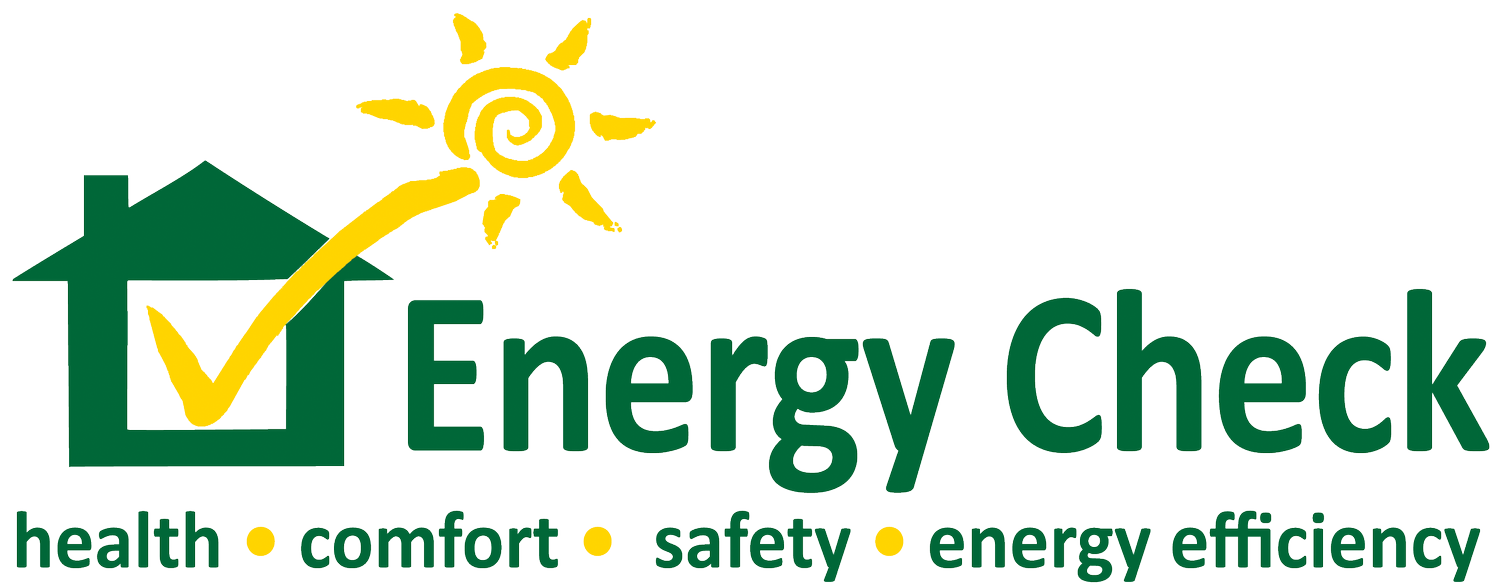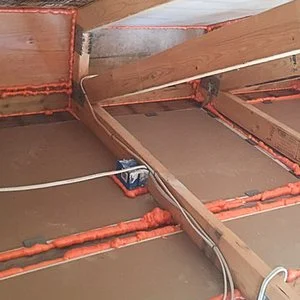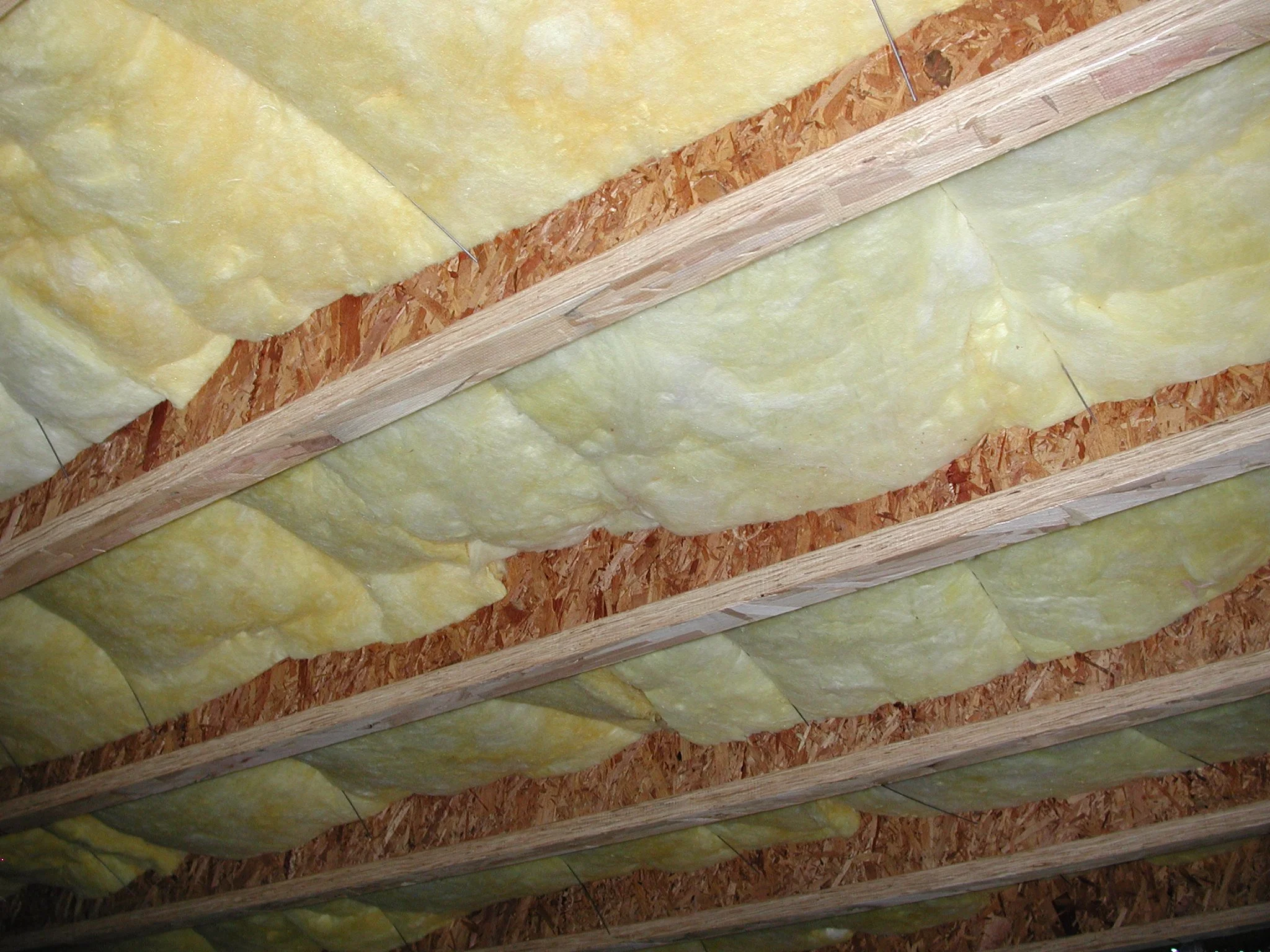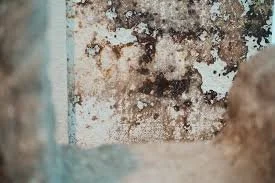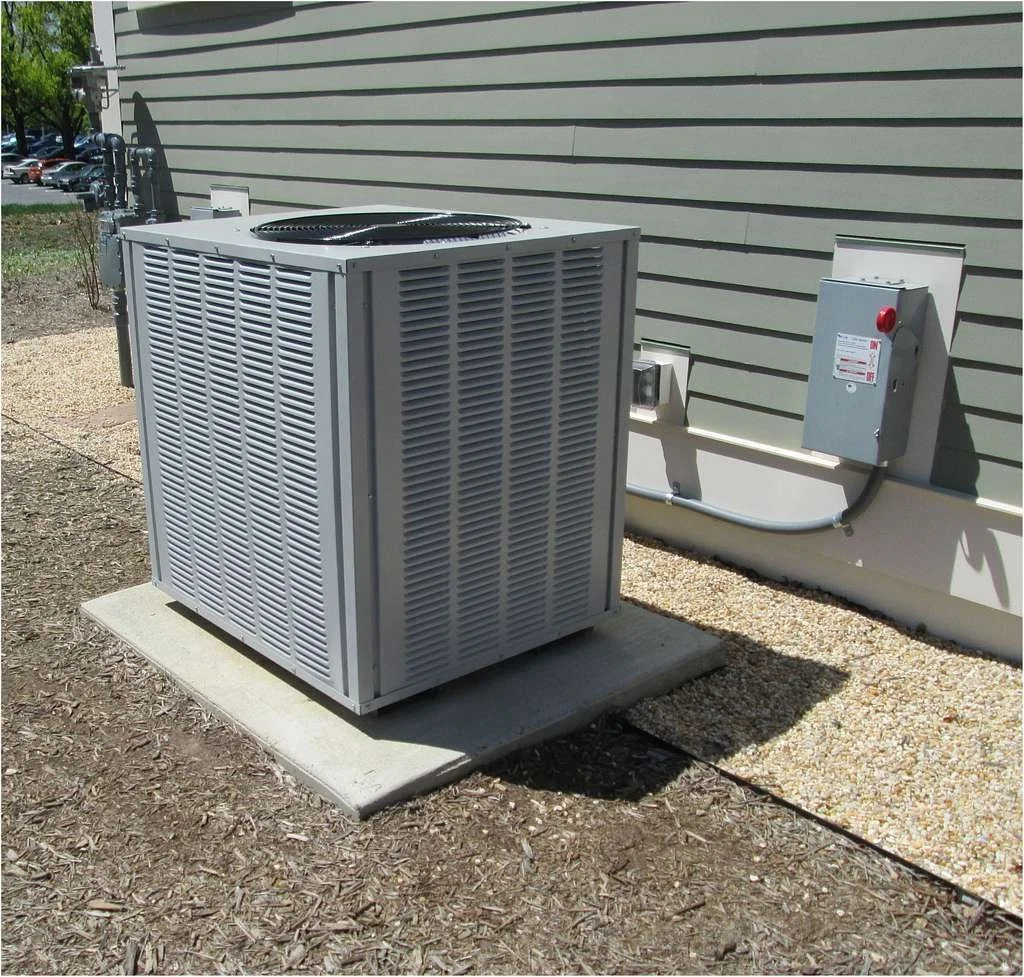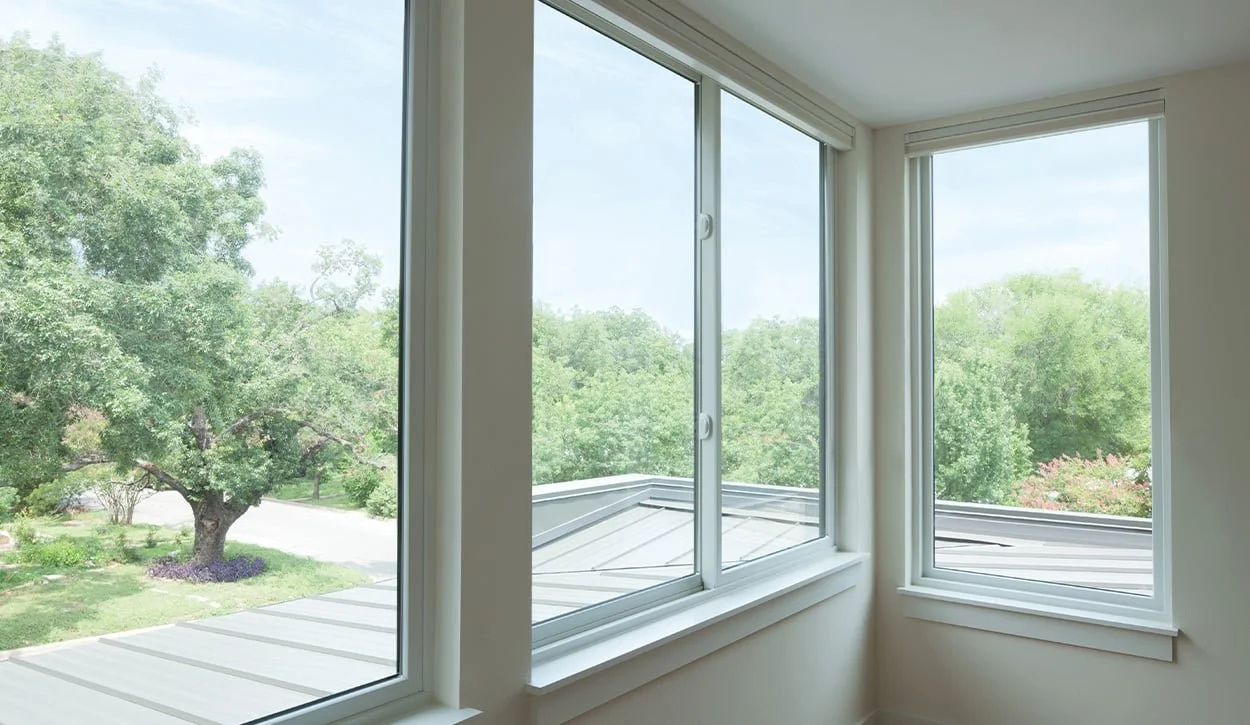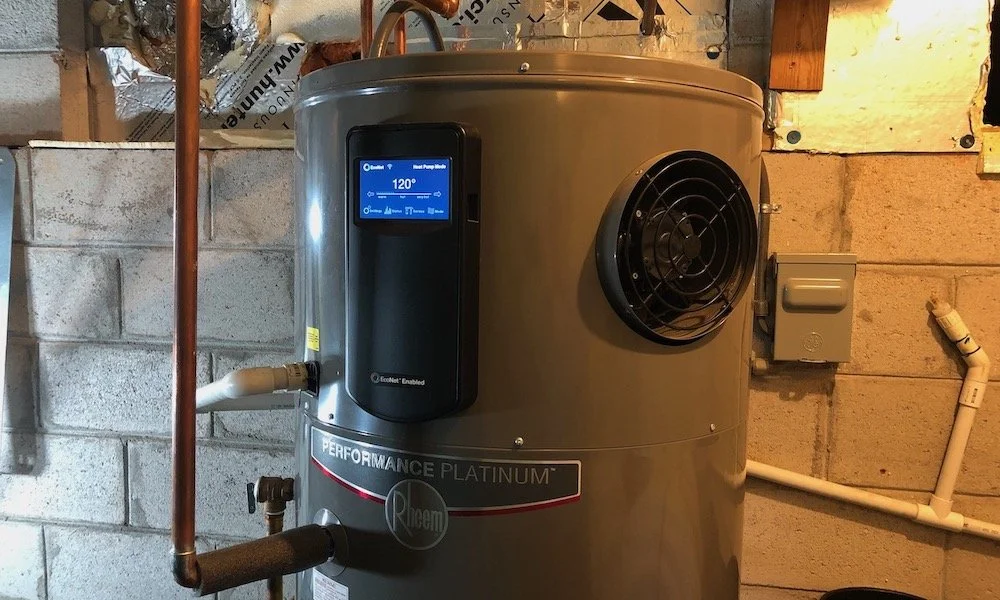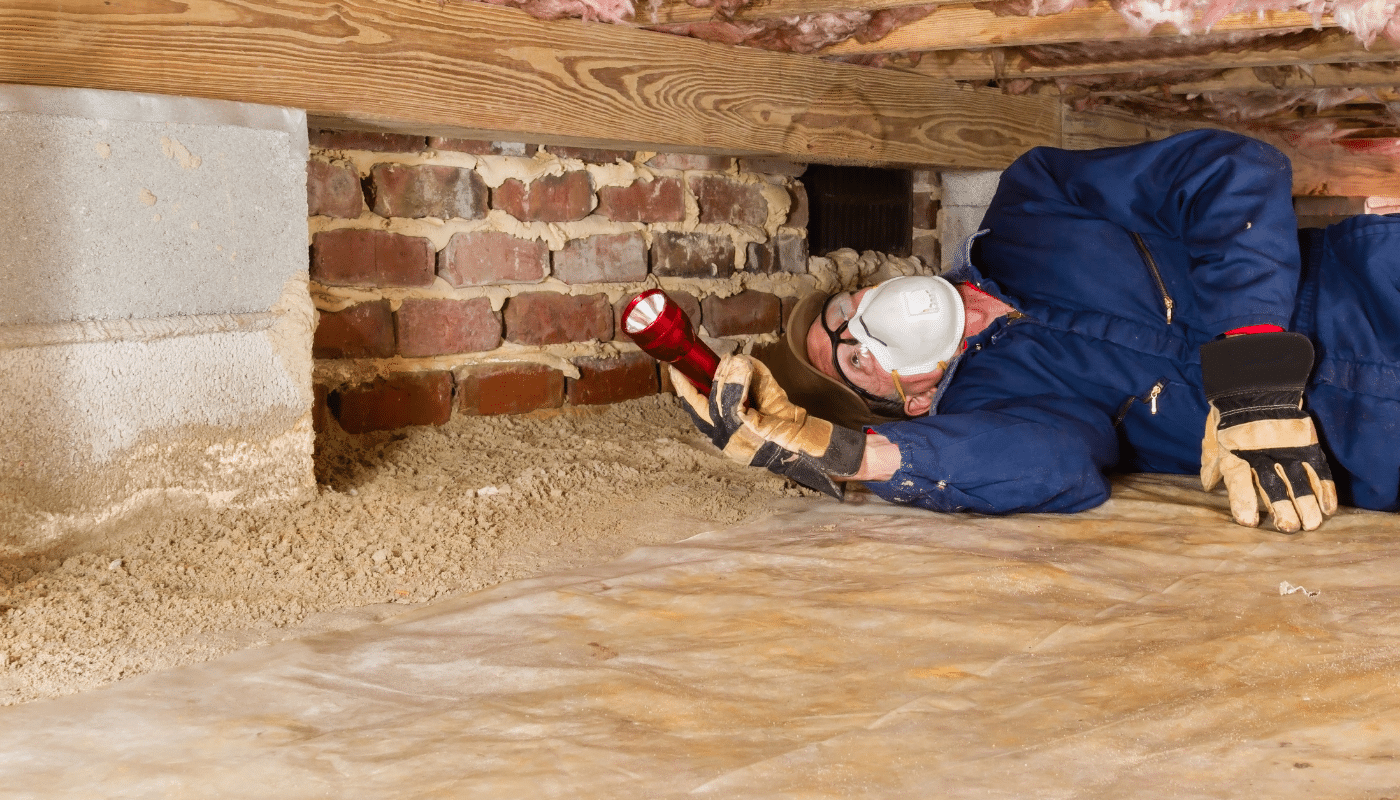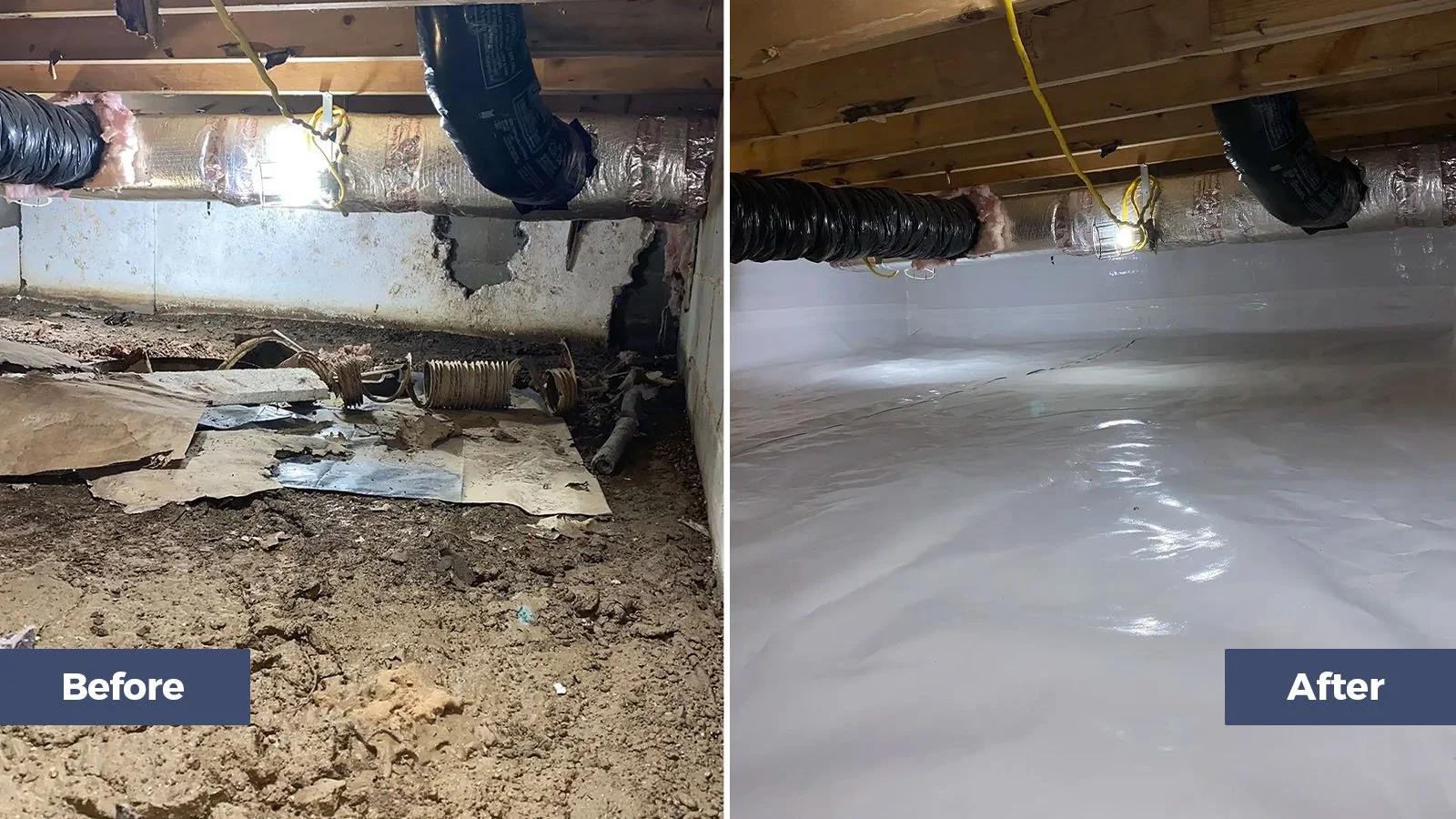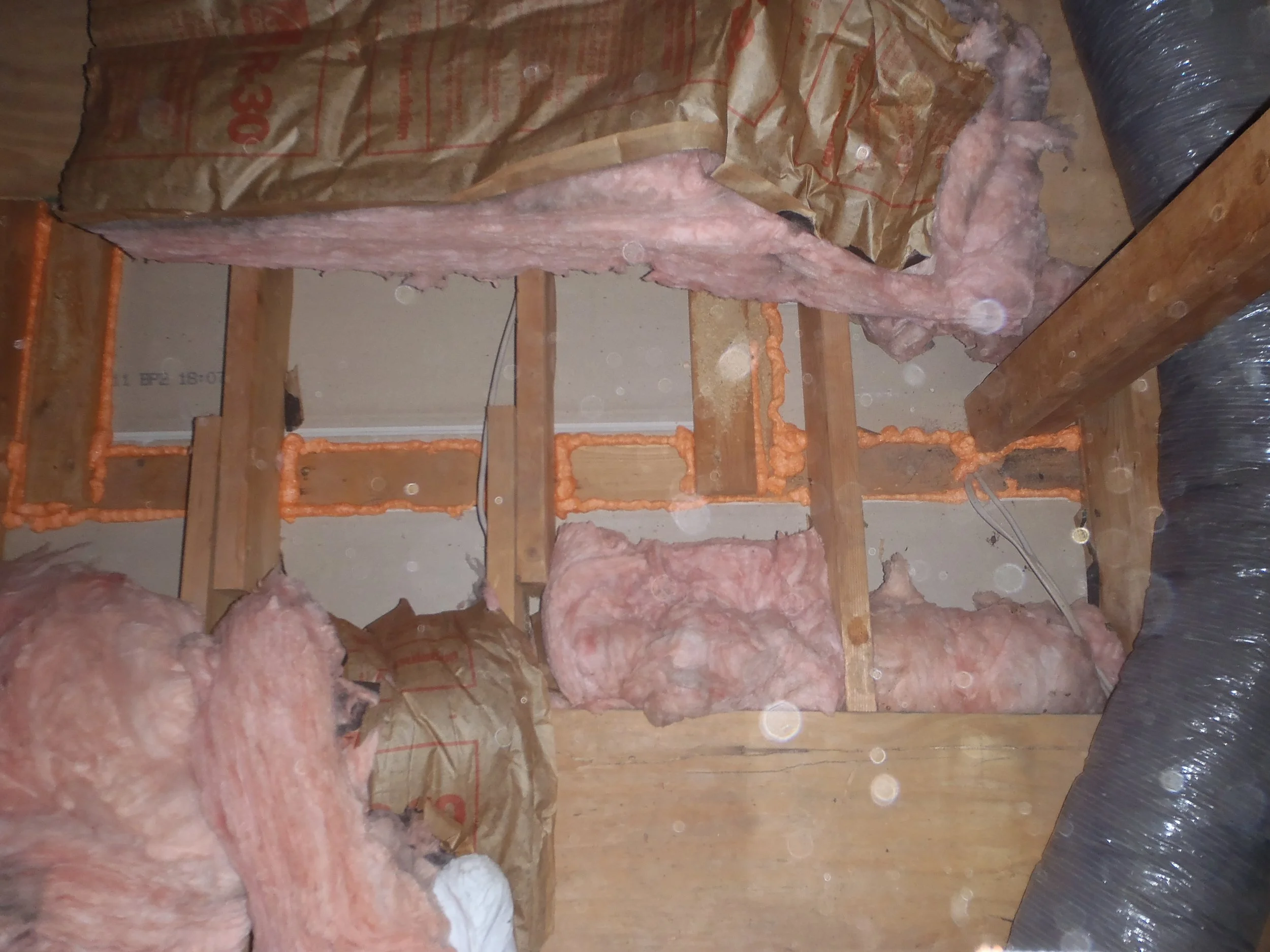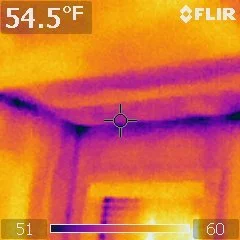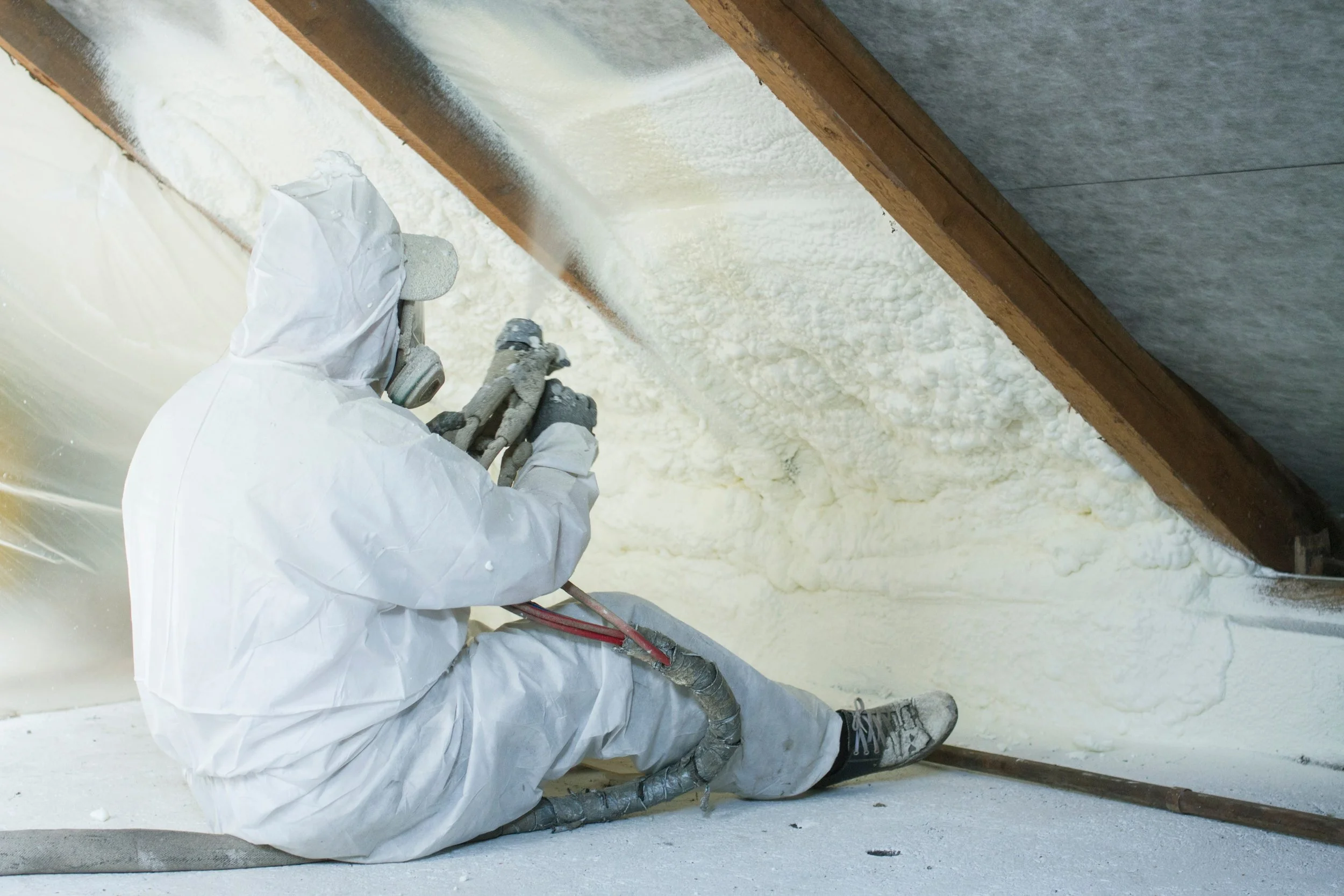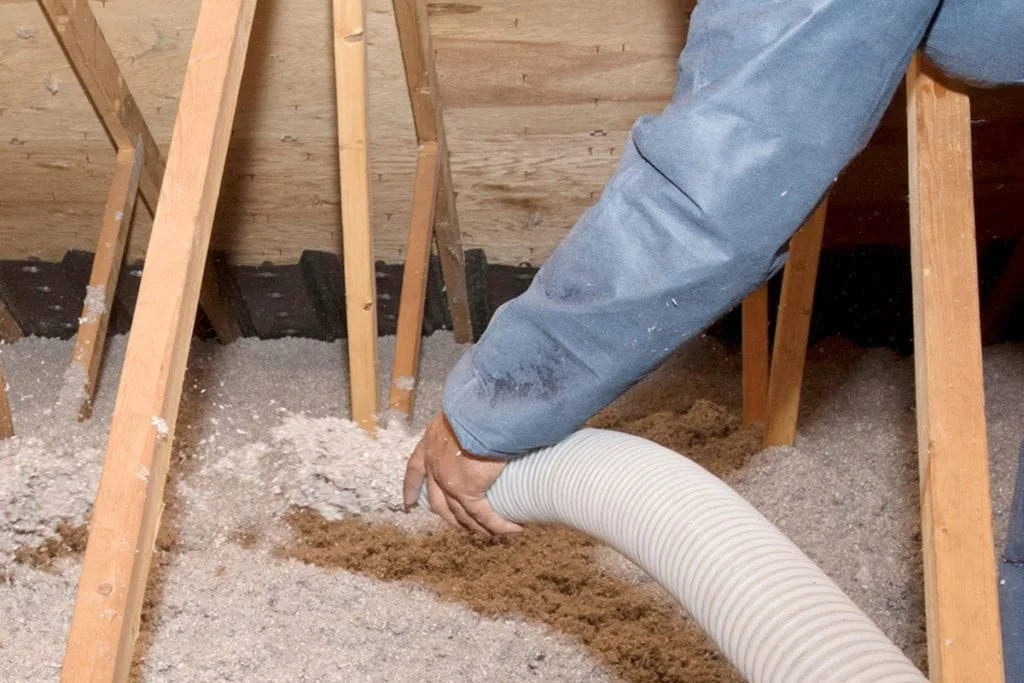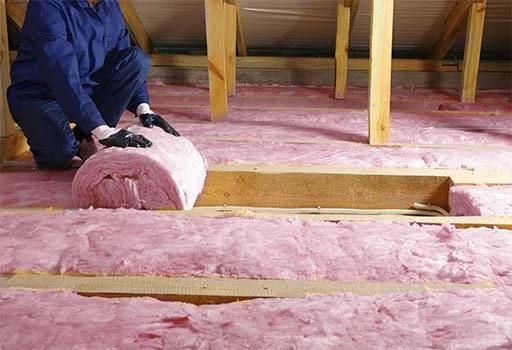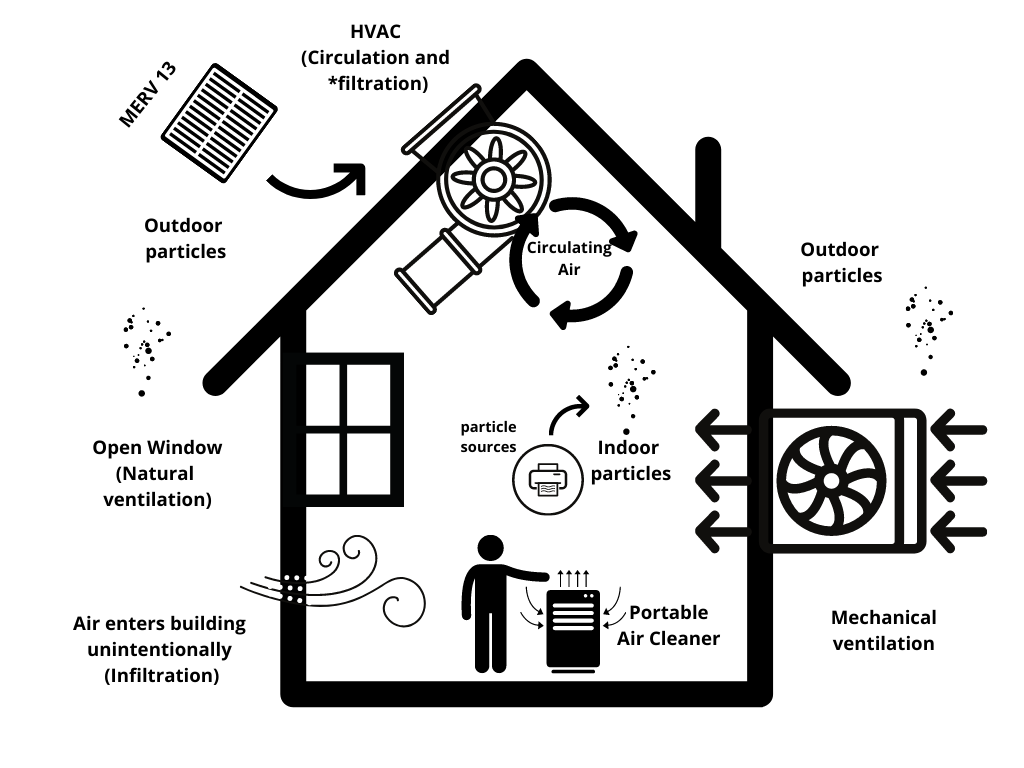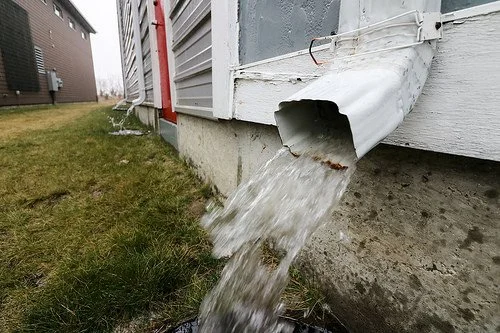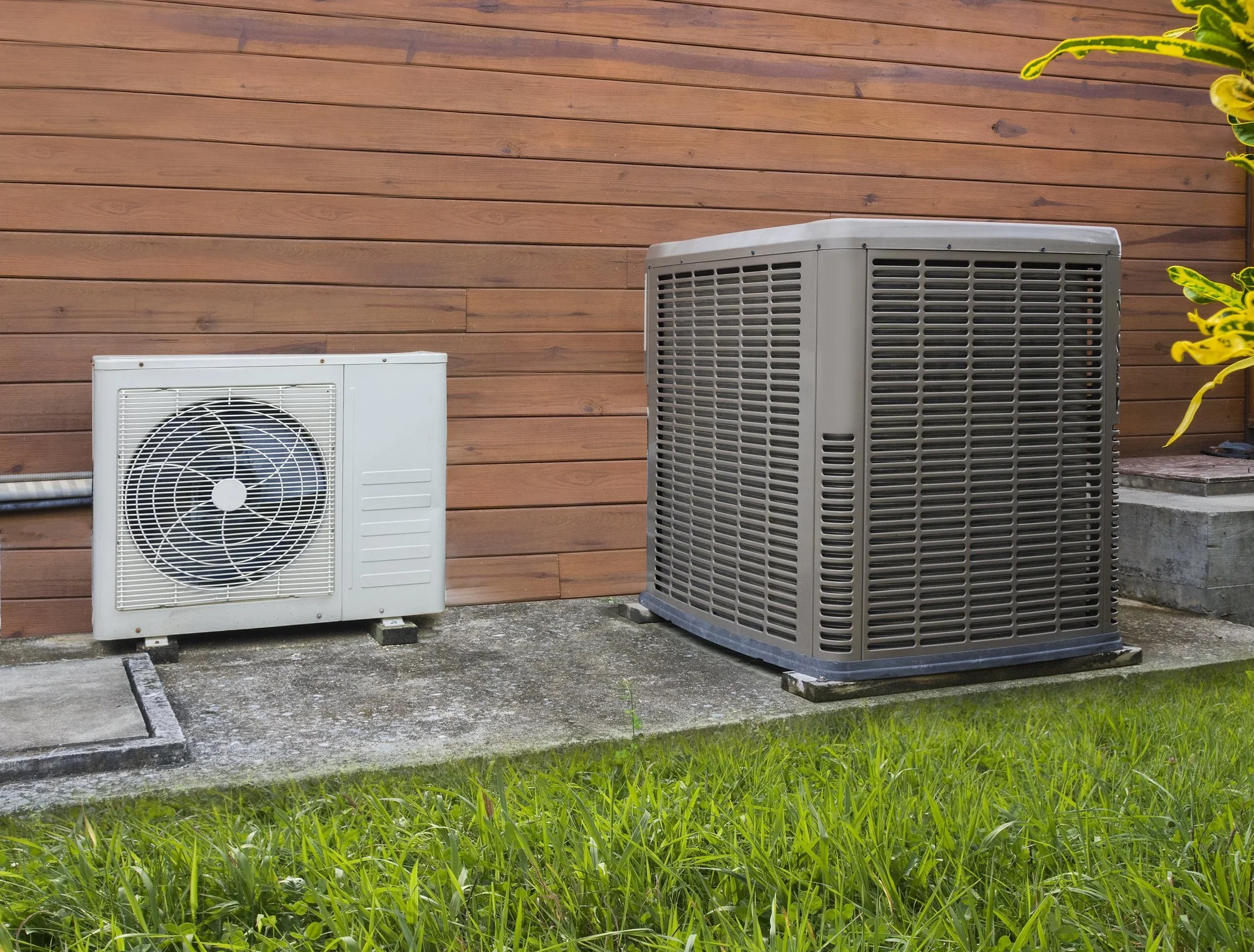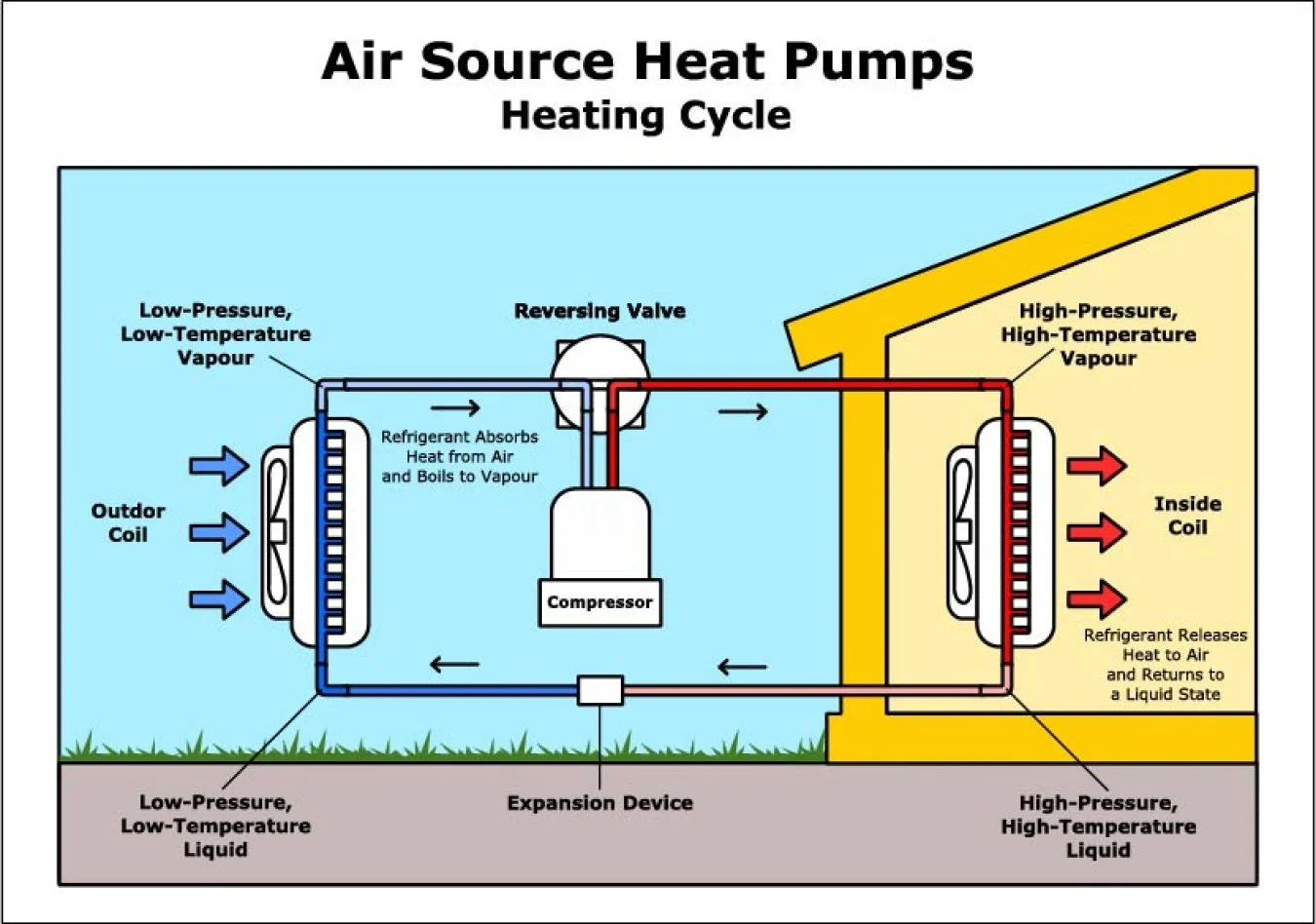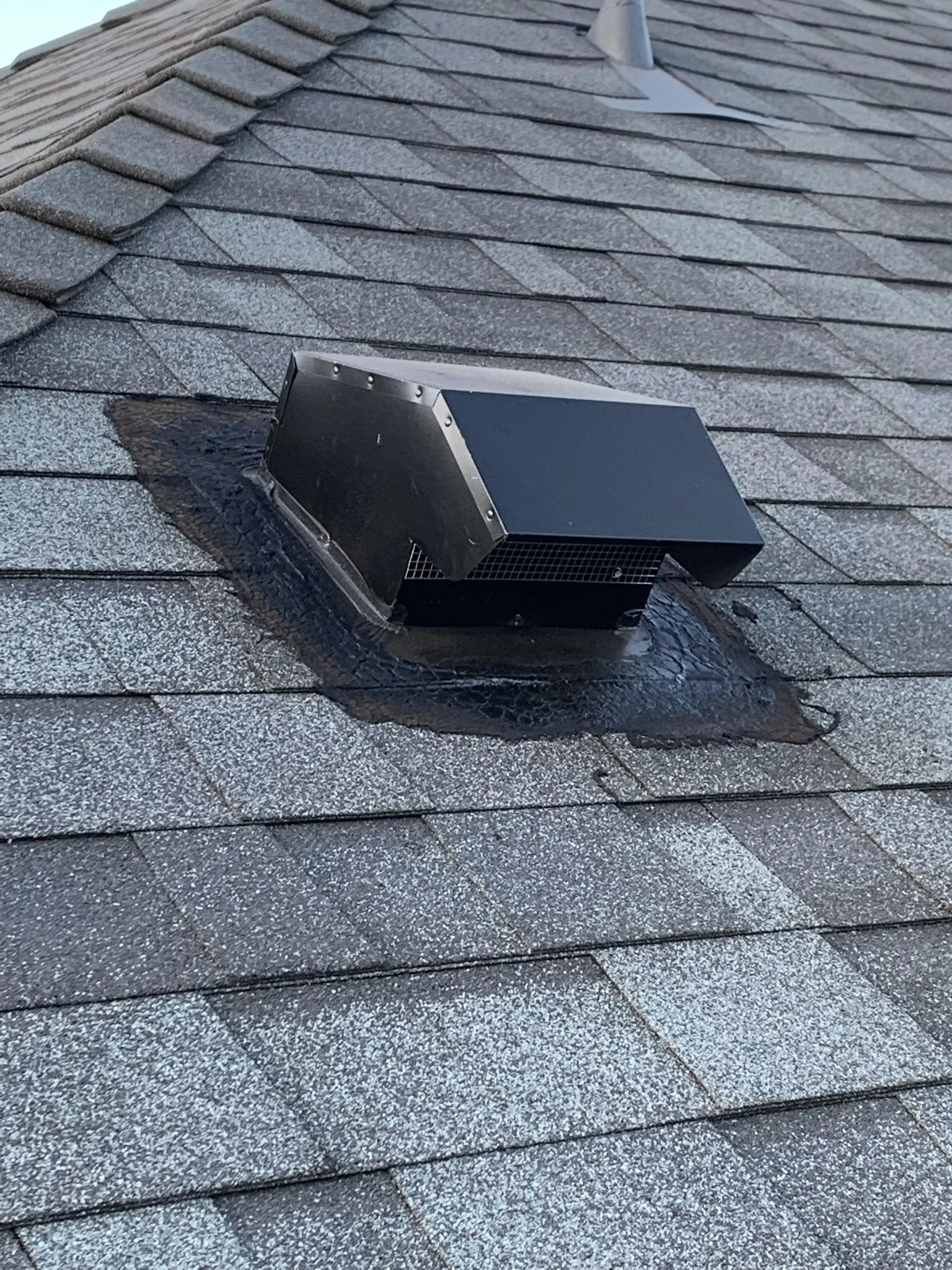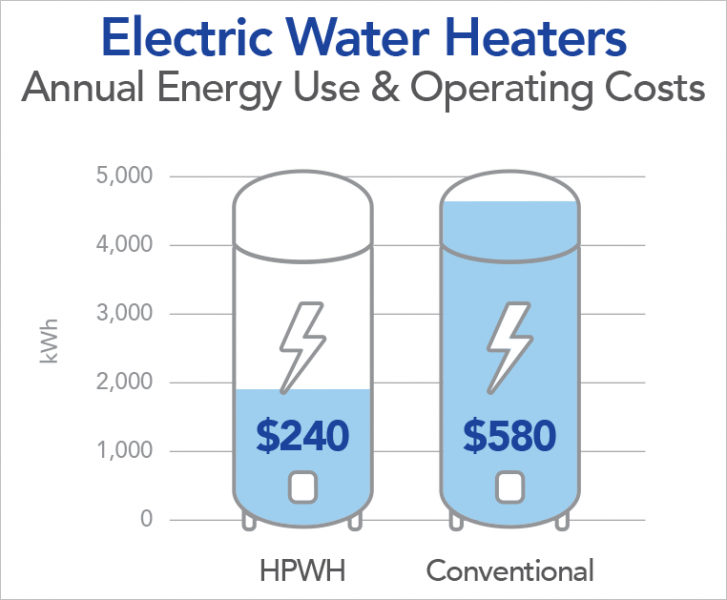
Home Energy Improvements

Crawlspace Encapsulation
Many older homes have vented crawlspaces that allow outside air and humidity to enter, leading to mold growth, wood rot, musty odors, and higher energy bills.
Crawlspace encapsulation is a home improvement process designed to protect your house from moisture, mold, and poor air quality by sealing off the crawlspace beneath your home.
Encapsulation creates a controlled environment that improves air quality, protects your home’s structure, and boosts energy efficiency!

Attic Air-Sealing
Many homes lose a lot of conditioned air through unsealed gaps and cracks in the attic, causing the HVAC system to work harder and energy bills to rise.
We use an infrared camera to identify leaks around the attic top-plates (where the walls meets the ceiling) plumbing vents, electrical penetrations, recessed lights, attic access panels, and other leaky areas.
By sealing the attic leaks with spray-foam, we prevent air from escaping, helping to regulate your home’s temperature year-round, reduce drafts, and improve indoor air quality!

Insulation
Under-insulation in a house leads to higher energy bills and uncomfortable indoor temperatures due to poor temperature regulation. It can also cause moisture buildup, promoting mold and reducing the lifespan of HVAC systems.
According to the U.S. Department of Energy and industry studies, about 90% of U.S. homes are under-insulated.
Infrared image showing missing insulation in ceiling and leaky top plates.
Proper attic insulation regulates your home's temperature, boosts energy efficiency, and lowers utility bills. We offer a range of insulation options—including fiberglass batts, blown-in cellulose, and spray foam—to suit your home’s needs and budget.
Blown-In Cellulose
Spray-Foam
Fiberglass Batts

Fresh Air Ventilation
Americans spend on average about 90% of their time indoors, where pollutant levels can be 2 to 5 times higher than outdoors.
Fresh air ventilation is a crucial component of maintaining a healthy, energy-efficient home. It involves the controlled exchange of indoor air with outdoor air to reduce moisture, remove pollutants, and ensure a steady supply of fresh air.
It can be achieved through a variety of methods, including simply opening windows, exhaust fans, or installing an Energy Recovery Ventilator (ERV).

Water & Moisture Issues
Water & moisture issues can lead to mold, mildew, and structural damage if untreated. These problems often arise from poor drainage, leaks, or high humidity levels.
To remedy them, it's important to address the source of moisture, improve ventilation, seal leaks, and consider waterproofing solutions for basements or crawl spaces. Proper insulation and drainage systems can also help keep moisture under control and protect your home from damage.

HVAC & Heat Pumps
A heat pump is an energy-efficient system that can both heat and cool your home. In the winter, it pulls heat from the outside air and brings it in. In the summer, it does the opposite—removing warm air from inside your home. It works like a two-way air conditioner and can help lower energy bills over time.
Most HVAC systems last 10–15 years. If your system is older, struggling to keep up, or causing higher energy bills, it might be time to consider a replacement. Newer systems, especially heat pumps, are quieter, more efficient, and better for the environment.

Roofs, Windows, & Doors
Your home’s roof, windows, and doors play a major role in keeping it comfortable and energy efficient. Over time, gaps, cracks, and worn-out materials can let in drafts, moisture, and heat or cold—leading to higher energy bills and less comfort year-round.
That’s where weatherization comes in. By sealing leaks, upgrading materials, and ensuring tight insulation, you can make your home more efficient, durable, and comfortable in every season.
We also use infrared scanning to spot air leaks and pinpoint problem spots around your roof, windows, and doors—so we can fix issues with precision and maximize your energy savings.

